Fase 2, Fontana: "Negozi aperti alle 11 per evitare affollamento"Coronavirus Sicilia, Musemeci prepara la riapertura delle attivitàMentana su Conte: critiche del Gip di Pesaro al giornalista

Coronavirus, Gallera: "Disgustato da sciacallagio politico"For the third time in history an energy revolution is Campanellachanging the world. It is affecting the growth trend radically, leading to changes in the organisation of industry as well as the everyday lives of the inhabitants of this planet, and it is altering the geopolitical equilibria. Thus it is opening a new phase in 21st-century capitalism.For the third time in history an energy revolution is changing the world. It is affecting the growth trend radically, leading to changes in the organisation of industry as well as the everyday lives of the inhabitants of this planet, and it is altering the geopolitical equilibria. Thus it is opening a new phase in 21st-century capitalism.The first great energy transformation came about with coal, which sparked off the industrial revolution in England. Then it was the turn of oil, thanks to which geographical distances shrank dramatically with the revolution in transport, while the products of the new petrochemical industry found their way into homes and factories, bringing in plastic, fertilisers, new medicinal products and even new foodstuffs.After coalEvery time the central core of countries in the capitalist system has had to reckon with the vulnerability implied by energy sources deemed to hold excessively destabilising potential, an inexorable energy transformation has set in, more or less under the control of the major powers of the period. The age of coal petered out in the early 20th century with technological innovation opening a way out from the confrontation and strikes of the miners and port workers, while the new millennium is seeing the beginning of the end of the oil era with the oil-producing countries seeking to maximise their bargaining power.Today it’s the new renewable sources, inexhaustible and available locally – solar, wind, tide, geothermal and biomass energy – that are changing the picture. Together with technological innovations in the digital domain and the use of new materials, they are securing discontinuity with the previous pattern. They hold promise of a better world, cleaner and more democratic. They have all the potential to curb the global warming of a planet that has been polluted by fossil fuels subsequent to the industrial revolution, aggravated by industrial development in the emerging countries. And they open out more democratic scenarios thanks to the autonomous production of “clean” electricity, which sees a sense of participation and responsibility growing amongst the citizens of the more advanced countries, direct producers of the electricity they consume, with their solar panels and wind turbines. Moreover, they open up prospects of new services thanks to digital technology, providing the possibility to create new, smart electricity networks and public platforms in “eco-cities”, to the benefit of citizens and environment alike.And above all the new renewable sources suggest the possibility of access to electrical energy for that half of the world’s population that are still going without it. In Africa, but also in many regions of Asia and Latin America, access to electricity is available through small generating plants set up and managed by the local communities with the use of natural, inexhaustible sources, thereby providing the indispensable conditions for autonomous local development.Finally, the new sources foreshadow a radical change in the geopolitical equilibria after the century of oil and the havoc wreaked on the local populations for control of resources by a western world depending on oil for growth, often in collusion, other times in conflict, with the autocrats of oil-producing countries.More recently, energy transformation has become involved in the great 21st-century competition between the United States and China bent respectively on conserving and conquering a leading position in the global equilibria.Why China is moving aheadThe thesis proposed in the book is that the energy transformation is strengthening the standing of China, which has reached a leading position in the entire renewable source chain, from control of the natural resources – the “rare earth” resources – to the technological frontier for production of solar and wind energy industrial components.And yet the “rare earth” resources also bring a serious shadow to bear on the promises of energy transformation, which is certainly not devoid of contradictions and contrasting forces, and is far from adding up to a positive, linear process. The great transformation brings light and shade – not only promise of a better world. The dynamics triggered by it affect all the fields of the economy, politics, environment, science and collective imaginings of communities that are beginning to perceive the urgency of change but are ill-prepared to take it on.Of course, the health (and temperature) of the planet will benefit greatly from the new “clean sources” with reduction of carbon dioxide (CO2) emissions in the atmosphere. However, large-scale use of heavy minerals – cobalt, lithium and nickel – necessary for the conservation of energy, for the batteries of electric vehicles and the digital tools in the new value chain fuelled by renewable sources means new risks – for the environment, in the first place, but also involved in the disposal of the materials. Secondly, there is the risk of recreating the conditions of global oligopoly experienced with oil, but with different protagonists and natural resources, largely in the hands of China and a few African countries.Another risk is that energy demand may mean going back to mining after oil had freed labour from the coal mines, in this case for the heavy minerals needed for renewable energy production. The risk is that a sort of “mine cycle” might set in, taking workers back to the grim conditions known to us today through the photographs by Salgado and the crude descriptions by Emile Zola, as also experienced by the British miners in the 19th century. Alarm has been raised by the recent investigations of the United Nations and the injunctions laid down on major enterprises like Tesla and Apple, involved in the dramatic exploitation of unprotected local child labour in the mines.The fragility of EuropeThe great energy transformation is ineluctable, but it faces a bumpy ride, as will emerge in the following chapters.The clashing forces are powerful. Europe has set its sights beyond the hurdles, favouring the new energy model based on gas, the least polluting of the hydrocarbons, and on the new renewable sources. Once again, however, the European Union has to reckon with the difficulties arising from imperfect governance, which emphasises the differences between the member states, complicates the implementation of common industrial energy policies and makes it difficult if not impossible to take on a central role in the ongoing changes. This implies a historical responsibility which the European Union has to face up to within the geopolitical scenario that the great energy transformation is opening out, starting from the centrality of the Mediterranean, the new crossroads for gas transport and junction on the new Silk Roads[1]. And yet the European Union can’t even manage to share with China – left alone by Tramp’s United States – leadership in decarbonisation of the planet.Nevertheless, the pandemic has forced a turning point, a change of pace, on Europe’s endeavours to achieve sustainable growth. The European Green Deal had secured the combined support of political forces in the member states, despite the distance between them, around a programme for decarbonisation and common growth (December 2019). Centred upon it now, plans are being drawn up to tackle the economic and health emergency of Covid19, allocating huge funds behind which the spirit of solidarity and a long-period perspective have prevailed. In the emergency Europe has returned to the function of policy lab, revitalising dynamics around its founding values, now based on a new conception of the economy. Implementation will depend on the concrete action of the member states, and here Italy can and must play a role since its strengths and niches of excellence lie in that direction.[2]The forces opposing change are represented by Trump and his policies in favour of coal and fossil fuels, unsuccessful in the country’s internal strategies but a source of serious trouble on account of the political and economic uncertainty they inject into the system.The thesis proposed here is that, despite the resistance it has been coming up against, the great energy transformation has given rise to processes of radical discontinuity in the political and economic trajectories of the 21st century. Moreover, the pace may prove far more rapid than many expect, as history and the global impact of the previous energy revolutions suggest.Failure to learn from history means being doomed to repeat the old mistakes, warns Graham Allison[3], Harvard’s celebrated political scientist. In this respect, we find identified and examined in the book the drivers that have in the course of time led to change, shrinkage of the role played by oil and support for the new energy paradigm (in Chapter 2).After oilThere is ample evidence of the irreversibility of the processes: it comes under focus in Chapter 3 with the revolution in the gas chain, and in Chapter 4 with oil/dollar identification petering out. Among the uncertainties lying ahead are the turmoil the oil-producing countries will be facing as returns decline, oil having been the major source of income for their regimes throughout the 20th century. The political and economic outcomes come into play against an extremely complex background involving the cultural and religious roots and histories of the various states, in particular in the Gulf region, which comes under analysis in Chapter 5. It might not take very long – 20 or 30 years at the most – for these processes will be playing out alongside the rapid economic transformation of China, the new protagonist on the world economic and energy scene (analysed in Chapter 6).It is, indeed, a truly complex picture, and these considerations are matched by as many questions – questions for which the book seeks, and to some extent provides, plausible answers.[1] P. Frankopan, The New Silk Roads: The Present and Future of the World (2018) Bloomsbury Publishing[2] For reference I might mention V. Termini, Quattro proposte per far crescere l’Italia con l’Europa, in Il mondo dopo la fine del mondo, Laterza, Roma-Bari 2020.[3] G. Allison, Destined for War: Can America and China Escape Thucydides's Trap? (2017), Houghton Mifflin Harcourt, Boston; Italian translation, Destinati alla guerra. Possono l’America e la Cina sfuggire alla trappola di Tucidide?, Fazi Editore, Roma, 2018This article is the Introduction to the book "Energy. The Great Transformation" by Valeria Termini published by Laterza.© Riproduzione riservataPer continuare a leggere questo articoloAbbonatiSei già abbonato?AccediValeria TerminieconomistaProfessoressa di economia politica all'Università di Roma3, è stata commissario dell'Autorità per energia reti e ambiente (tra 2011 e 2018) e vicepresidente del Council of European Energy Regulators. È stata nominata da Ban Ki Moon nella commissione dei 24 esperti delle Nazioni Unite per la definizione dei Millennium Development Goals (CEPA)
Coronavirus, la lettera di una bambina a ConteGiorgia Meloni contro Giuseppe Conte dopo informativa alla Camera
Coronavirus, passeggiate coi bambini: chi è d'accordo e chi no?
Conte a un giornalista di Bergamo: "Scriva lei i decreti"Coronavirus Lombardia, Saviano risponde a Salvini
Coronavirus, Gallera: "Disgustato da sciacallagio politico"Mes, scontro tra Conte e le opposizioni: tensioni anche con il Pd
Sondaggi politici: Lega in calo, sale Fratelli d'ItaliaConte: Più donne nella task-force di Colao nella fase 2"

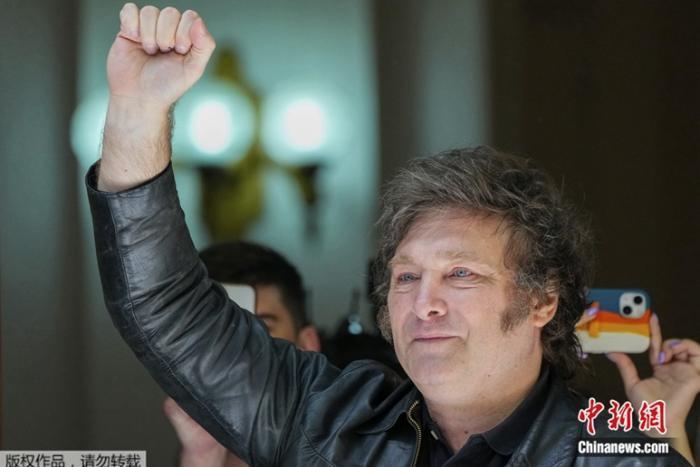
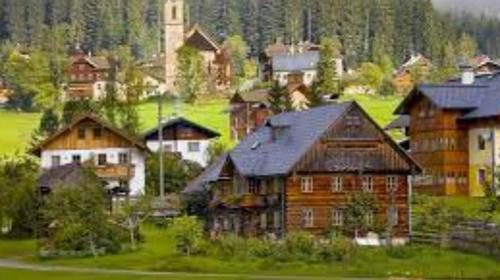

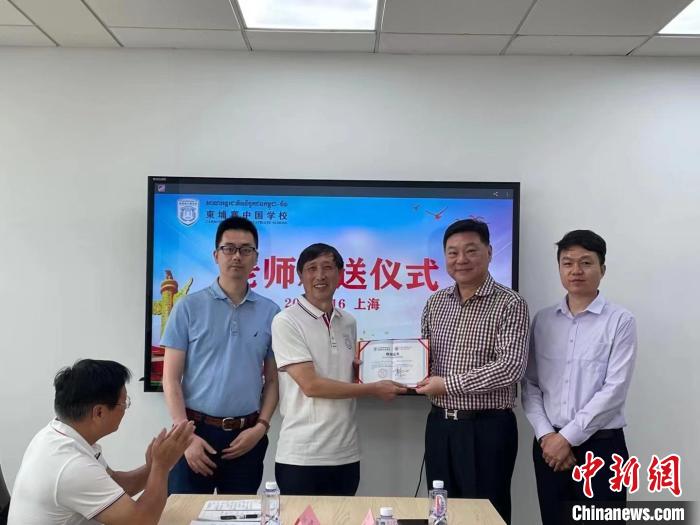


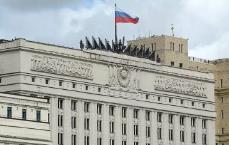

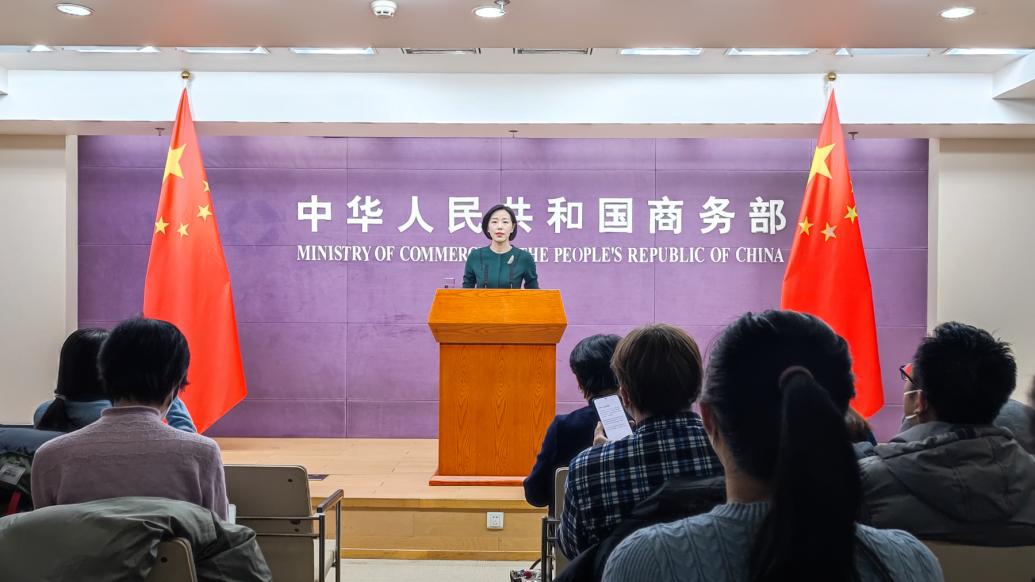
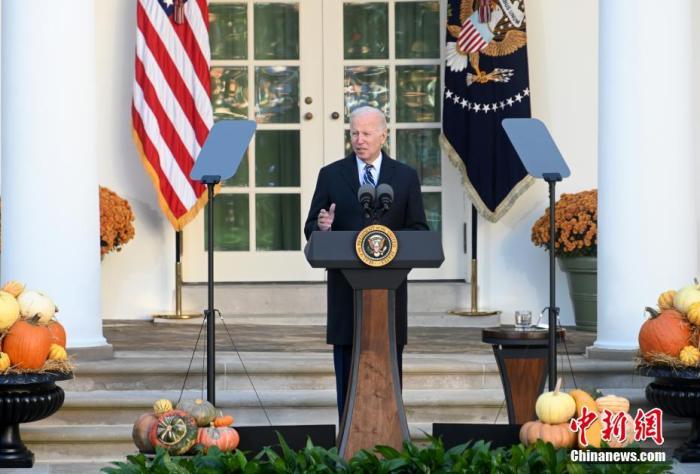
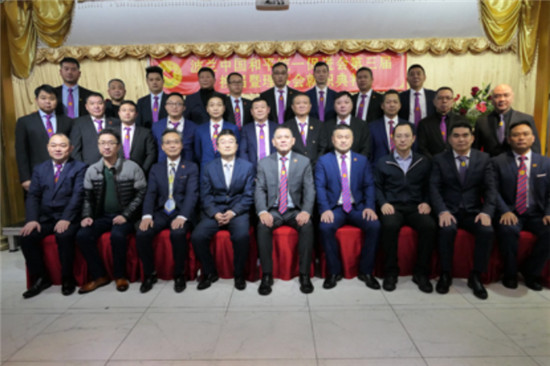


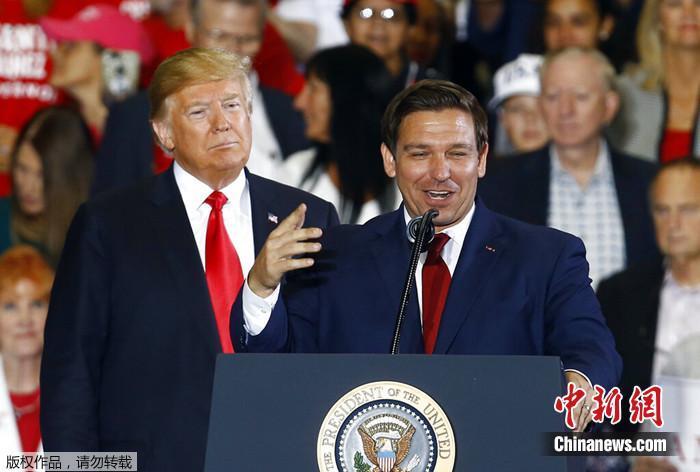
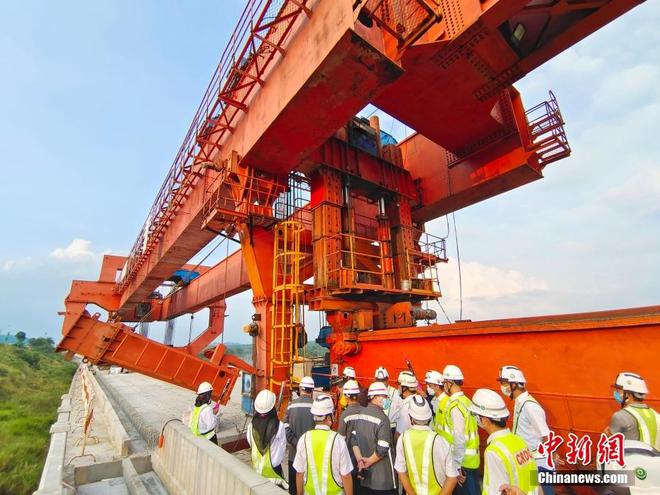

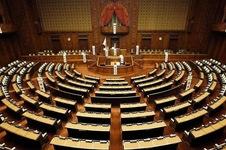


Coronavirus e riapertura delle chiese: Adinolfi attacca FiorelloOrdinanza Regione Campania, cibo a domicilio: orari e regoleConte, informativa in Parlamento: "Nulla di incostituzionale"Renzi placa la polemica con Conte e chiede riapertura immediata
Migranti, Bellanova minaccia le dimissioni senza regolarizzazioni
Coronavirus, l'informativa al Senato di Giuseppe Conte
Salvini torna a parlare del referendum per l'uscita dall'UeCrollo Lega nei sondaggi, per Flavio Tosi manca visione politicaCoronavirus, restrizioni confermate fino al 13 aprileMigranti, Lamorgese apre a sanatoria: "Ma non sarà per tutti"
Sondaggi politici: aumenta la fiducia nel governo ConteCoronavirus: Conte chiede all'Europa di ammorbidire le regoleCalderoli sul costo delle cremazioni addebitate ai cittadiniCoronavirus, meglio rialzare la testa da soli